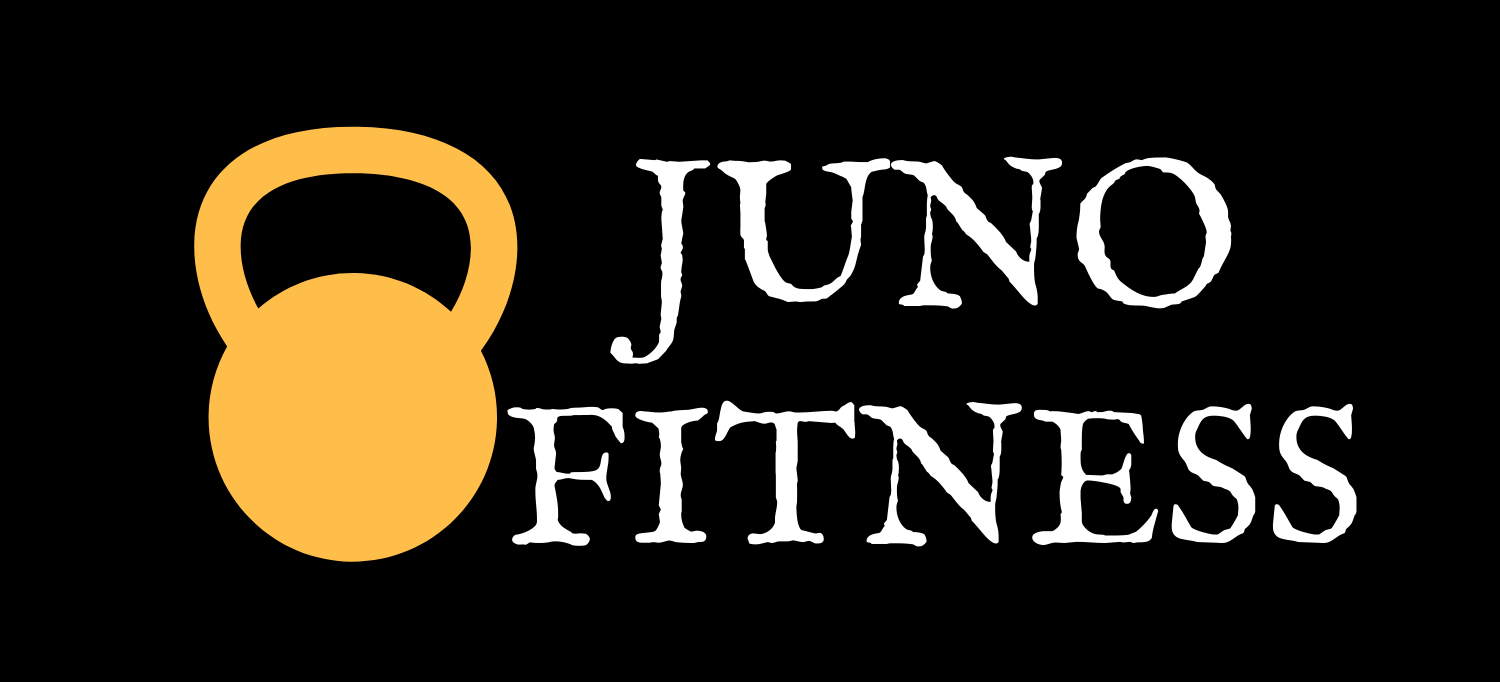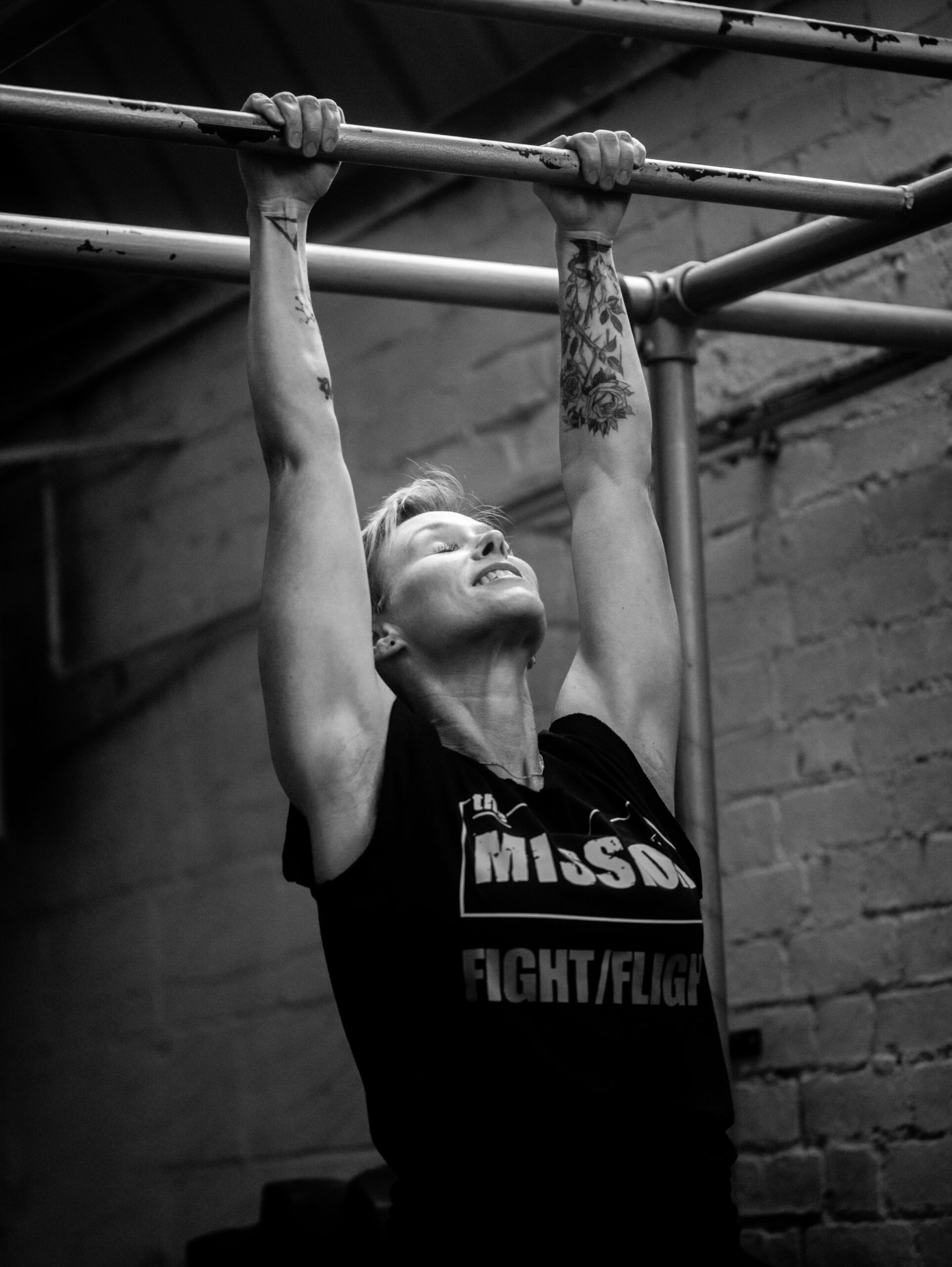We are women who have strong bodies, and we love to make them stronger.
But why does strength training sometimes feel so much harder between one week and the next? And why do we sometimes crave chocolate like it’s going out of fashion?
The chemical messengers (ie hormones!) in our bodies are in flux week by week and that’s why strength and fitness training sessions may feel worlds apart from one week to the next.
But with a little bit of knowledge as to the whys and hows, we can harness the effects of female hormones to ensure we feel and achieve at our best during training.
When are women potentially 10% stronger during their monthly cycle?
When is the best time to go for higher reps and build endurance?
When is the best time to fuel their bodies with fat versus carbohydrates?
When are they slightly more prone to injury, and why?
Weeks 1 and 2 (and onwards depending on how long your cycle is):
Let’s fast forward a few days to the last few days (day 5 or so) of our period and the days that follow.
Oestrogen is high ⬆️ and progesterone low ⬇️. Oestrogen makes us feel like superwoman during this phase of our cycle. Elevated mood, energy levels and insulin sensitivity (which means our bodies use carbs for fuel very effectively), higher pain tolerance, mental alertness and physical strength (both muscle contraction strength and connective tissue tension is higher). It’s all rosy here 🌹😄
So while you’re training, THIS is the time to go for strength and intensity. What that might look like for you is to perhaps try out a heavier weight either for a few reps or all of them! Add on another set (or two!) of whatever lift your working on, or reduce your rest between sets and really push yourself, fuelled by the female equivalent to testosterone (which we also have increased levels of at this time 😆)
Mid-cycle ovulation. This is around 14 days before your period. You might be aware of it due to all sorts of signs your body gives you (do some research and pay attention to yourself. You might be surprised at what cool things herald the couple of days of ovulation for your body)
Those hormones that were making you feel good during weeks 1 and 2? They peak here. Go for gold!
Weeks 3 and 4:
So after we ovulate, oestrogen drops ⬇️ and progesterone takes control ⬆️. This hormone is a muscle relaxant; so we could feel more fatigued, move less powerfully, and be more prone to injury. This is the time to really focus on technique and mobility. Our bodies are primed to slow down and move with depth and intention during this time. Go for high reps, lower intensity.
It’s not all bad though, this time of your cycle is also associated with increasing bone density, increased metabolism, the more efficient use of fat for fuel, and it helps you sleep better. These two weeks are our very own built-in de-load phase.
Your period:
I call the first day in particular “Lioness Day”. This is your time to lounge around, keep warm, eat and drink sensibly, stretch your body out on your yoga mat, train however you want, occasionally bat your cubs out of your way when they’re being especially annoying (just me?)
Be the Lioness. You call the shots for today.
And the next few days? Show up, train for mental well-being. Gear yourself up for a few days time when everything starts to ramp up to top volume and power again for you.
Our cycle is really quite efficient; we have built in strength and restoration phases when the chemical make-up of our bodies is designed to promote both ends of the spectrum. Cool, no?
Tune into your body for the next few weeks of training and see how this feels for you. And don’t be afraid to ride the waves and speak out when you know what your body needs to do. It’s cleverer than you might have realised.
They didn’t teach us this in our biology lessons now, did they!



